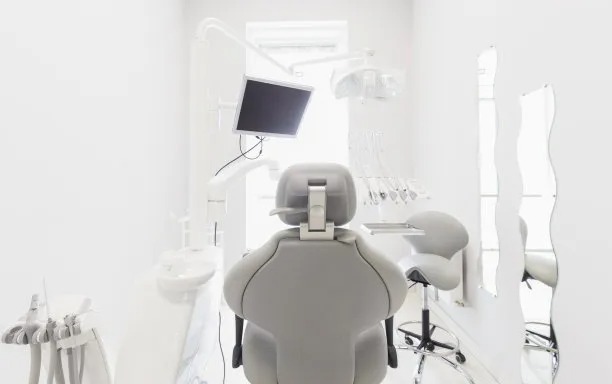The Silent Threat Unraveling the Dangers of Periodontal Disease
Summary: The Silent Threat: Unraveling the Dangers of Periodontal Disease In this article, we will delve into the silent menace of periodontal disease, exploring its implications on oral health and overall well-being. We will discuss the causes, symptoms, complications, and treatment options associated with this common yet often underestimated condition.
1. Understanding Periodontal Disease

Periodontal disease, also known as gum disease, is a bacterial infection that affects the tissues supporting the teeth. It typically starts with the accumulation of plaque, a sticky film of bacteria, on the teeth and gums. Without proper oral hygiene, this plaque can harden into tartar, leading to inflammation and eventual damage to the gums.
If left untreated, periodontal disease can progress to more severe stages, causing pockets to form between the gums and teeth. This allows bacteria to thrive and further deteriorate the gum tissue and bone structure supporting the teeth.
Common risk factors for periodontal disease include poor oral hygiene, smoking, genetic predisposition, hormonal changes, and certain medical conditions like diabetes. Regular dental check-ups and professional cleanings are essential in preventing and detecting periodontal disease in its early stages.
2. Signs and Symptoms of Periodontal Disease
Early stages of periodontal disease may present with symptoms such as red, swollen, or bleeding gums, bad breath, and tooth sensitivity. As the disease progresses, individuals may experience gum recession, loose teeth, changes in bite alignment, and pus formation around the gums.
It is crucial to pay attention to these warning signs and seek prompt dental evaluation and treatment. Ignoring the symptoms can lead to irreversible damage to the gums and supporting structures, potentially resulting in tooth loss and systemic health complications.
Dental professionals may perform a comprehensive periodontal evaluation through periodontal probing and imaging techniques to assess the extent of gum disease and develop a personalized treatment plan.
3. Complications and Impact on Overall Health
Periodontal disease is not limited to oral health implications; it is also linked to various systemic conditions. Research suggests a bidirectional relationship between periodontal disease and conditions like diabetes, cardiovascular disease, respiratory infections, and adverse pregnancy outcomes.
The chronic inflammation associated with untreated gum disease can contribute to systemic inflammation, affecting the bodys immune response and potentially exacerbating existing health issues. Managing periodontal disease is not only crucial for oral health but also for overall well-being and disease prevention.
Furthermore, individuals with compromised immune systems, such as those undergoing cancer treatment or organ transplants, are at a higher risk of developing severe periodontal infections. Close coordination between dental and medical providers is essential in managing periodontal disease in these vulnerable populations.
4. Treatment and Prevention Strategies
Treatment for periodontal disease aims to eliminate the bacterial infection, reduce inflammation, and restore the health of the gums and supporting structures. This may involve professional deep cleanings, scaling and root planing procedures, antibiotic therapy, and in severe cases, surgical interventions like flap surgery or tissue grafting.
Preventive strategies for periodontal disease include maintaining good oral hygiene practices, such as brushing twice a day, flossing regularly, and using antimicrobial mouth rinses. A balanced diet, avoiding tobacco products, and managing systemic health conditions are also critical in preventing the onset and progression of periodontal disease.
Education and awareness about the dangers of periodontal disease are key in empowering individuals to prioritize their oral health and seek timely intervention. Regular communication with dental professionals can help individuals establish personalized oral care routines and preventive measures tailored to their needs.
Summary:
Periodontal disease poses a significant threat to oral health and overall well-being, with far-reaching implications beyond the mouth. Understanding the causes, symptoms, complications, and treatment options associated with this condition is essential in combating its silent progression. By prioritizing preventive measures, seeking early detection, and following professional guidance, individuals can safeguard against the dangers of periodontal disease and preserve their dental health for the long term.
This article is compiled by Vickong Dental and the content is for reference only


